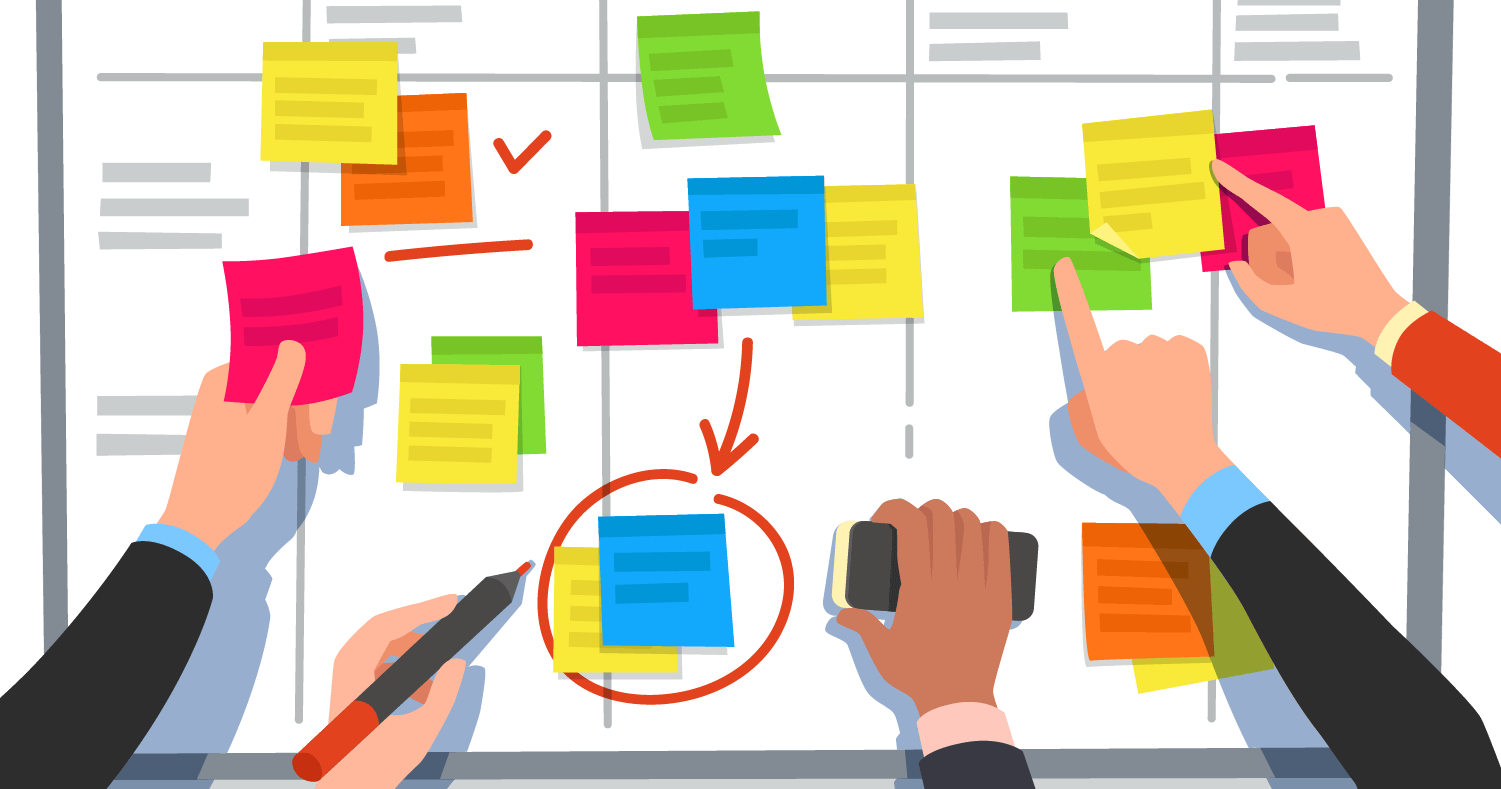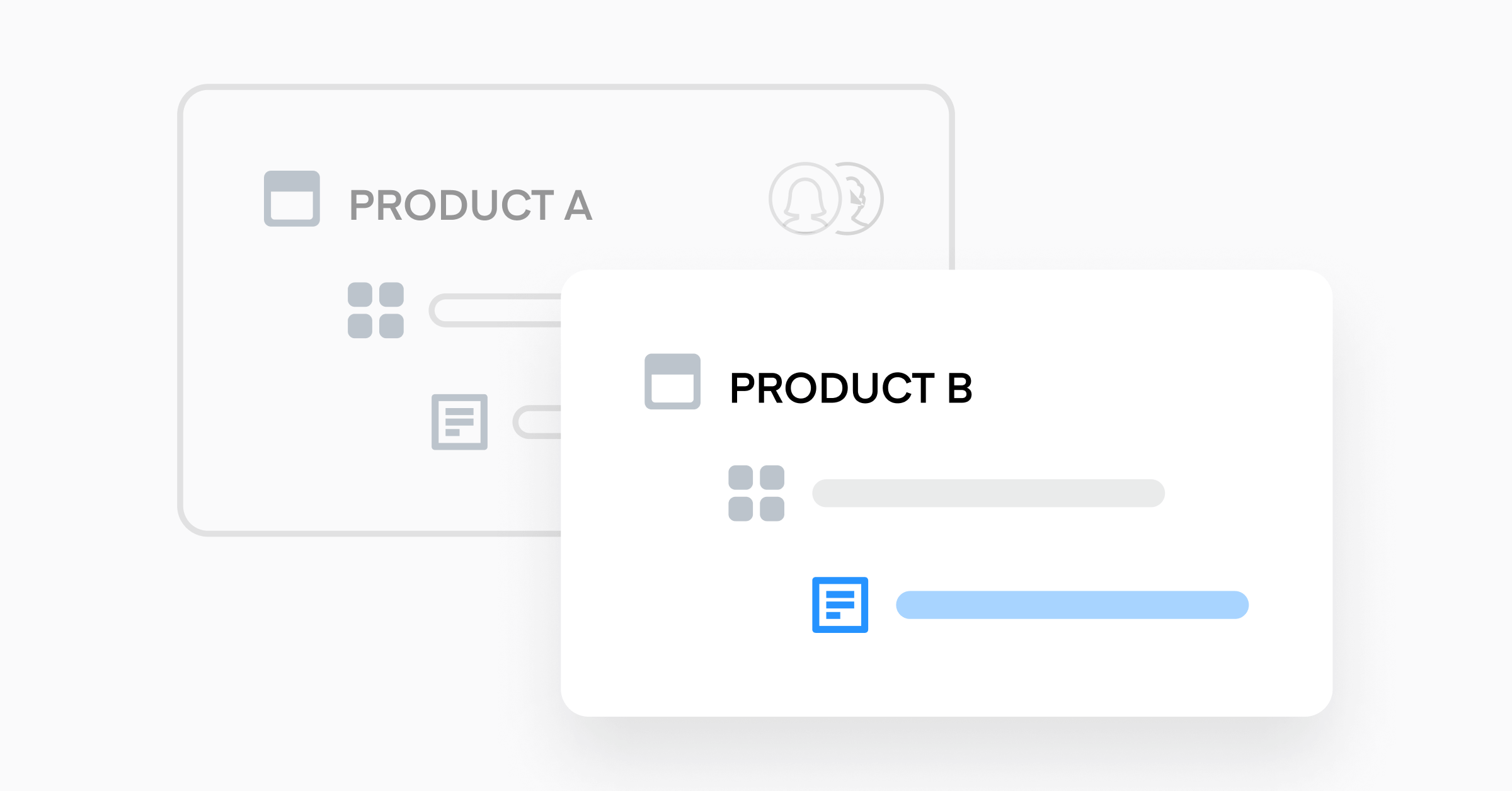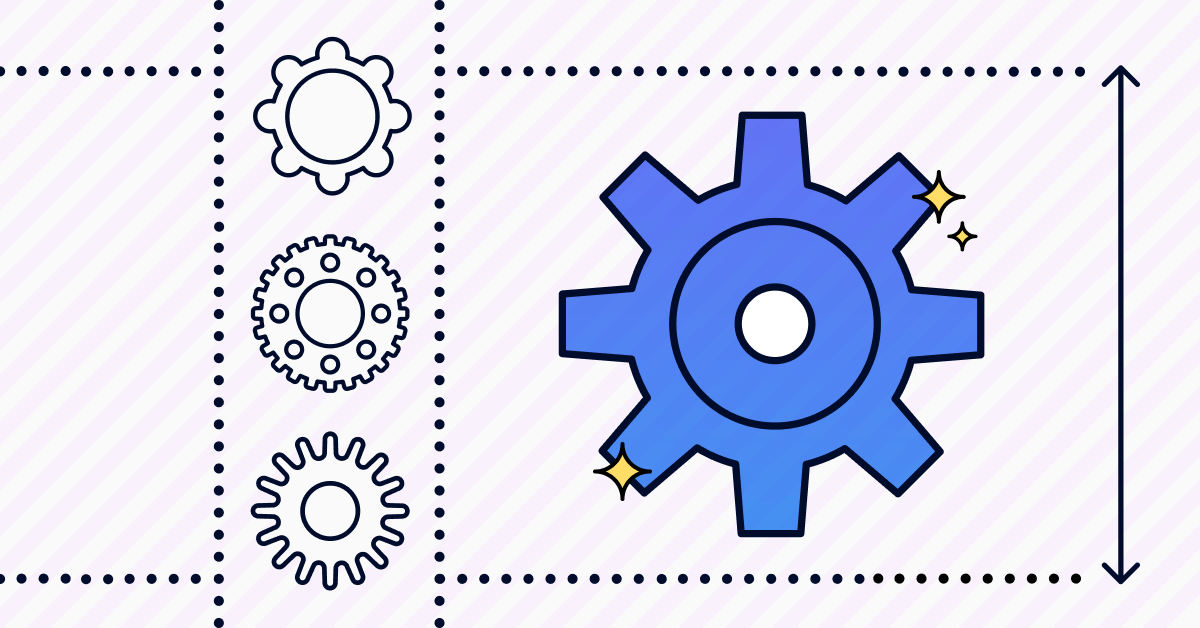Who Owns the Product Backlog? A Comprehensive Guide

Who owns the product backlog, an essential tool in product management that bridges the gap between a high-level vision and the practical steps necessary to develop a product?
Identifying the owner of the product backlog and understanding their responsibilities is vital for building a transparent and effective product management process. By clearly defining roles and adopting structured practices, your team can ensure better collaboration and a more efficient approach to creating better products.
What is a Product Backlog?
A product backlog is a prioritized list of tasks and requirements — a single source of truth for everything the product team needs to work on to deliver a product, including new features, bug fixes, improvements, changes to existing features, and other initiatives. It is a living document. As product teams better understand problems and the work required to deliver the right solution, existing backlog items can be reordered or removed, and new items added.
Here’s a breakdown of what a product backlog typically includes:
- User Stories: These are descriptions of features from the perspective of end users. They help the team understand what the user needs and normally follow the template: As a <type of user>, I want <some goal> so that <some reason>.
- Bugs/Issues: Problems or errors that need to be resolved in the product.
- Technical Tasks: These might include improvements to the infrastructure or refactoring code.
- Knowledge Acquisition: Tasks aimed at research or exploration to better understand technologies, the market, or user needs.
The top of the backlog contains the most immediate and important items to be addressed. During each sprint, a set period during which specific work has to be completed, items from the product backlog are pulled into the sprint backlog based on their priority and the team’s capacity.
Who Owns the Product Backlog?
In an Agile team, the product owner maintains the product backlog. Their responsibilities include defining user stories, prioritizing backlog items, and aligning the backlog with stakeholder needs and business objectives. The product owner serves as the bridge between stakeholders and the development team, ensuring alignment among all parties and clear communication of the product vision.
However, even though the product owner makes the final call for prioritization decisions, it doesn’t mean they work alone. Other team members and experts are also involved, including:
- Development Teams: While the product owner oversees the backlog’s strategic direction, the development team contributes significantly by providing estimates, technical insights, and feedback during product backlog refinement sessions, also known as backlog grooming. Their involvement ensures that each backlog item is feasible and well-understood before it enters the development phase.
- Scrum Master: The Scrum Master supports the product owner and the development team by facilitating backlog grooming sessions and sprint planning meetings. They help maintain the clarity and accessibility of the backlog, resolving any impediments that might hinder the team’s progress.
- Subject Matter Experts (SMEs): SMEs in fields like UX/UI design and legal bring specialized knowledge to the table, ensuring that backlog items meet technical standards and user expectations. They play a crucial role in defining the requirements and details for complex features.
- Other Stakeholders: Stakeholders such as customers, marketing teams, and executives have vested interests in the backlog. They provide essential feedback and insights that influence the backlog’s content, ensuring that the product meets market needs and company goals.
Tips for Better Collaboration on the Product Backlog
Effective collaboration is crucial to maintain productivity, focus, and alignment around the product backlog. Here are several strategies to enhance teamwork and streamline the backlog management process.
- Regular Product Backlog Refinement Sessions: Hold regular backlog grooming sessions where team members can review, update, and prioritize backlog items together. These sessions help keep the backlog manageable and relevant.
- Clear Prioritization: Use a clear method for prioritizing items in the backlog. With Productboard’s product management system, you can prioritize according to customer feedback and requests, tie prioritization decisions to broad company and product objectives, and define custom formulas based on popular prioritization frameworks like RICE, WSJF, ROI, value/effort, and more. This helps stakeholders understand why items are prioritized in a certain way.
- Define Ready and Done: Clearly define what it means for a backlog item to be “Ready” for development and what “Done” means. This ensures that everyone has the same understanding and expectations about the quality and scope of work.
- Transparency and Visibility: Make the backlog visible to all team members and stakeholders. A tool like Productboard helps keep the backlog accessible and updated at all times with just the right level of detail for all relevant stakeholders.
- Stakeholder Engagement: Regularly source input from stakeholders during refinement sessions. Their feedback is crucial for ensuring that product development is tied to business needs.
- Regular Retrospectives: Hold retrospective meetings to discuss what is working and what is not in the backlog management process. Use this feedback to continuously improve.
Tools for Product Backlog Management
Many product teams use tools like Jira or spreadsheets to manage the product backlog. However, Jira is a development tool created for developers that quickly becomes cluttered if product management tasks are added. Spreadsheets create more work for product managers because they lack a crucial piece: context.
A comprehensive product management system like Productboard is an effective tool for product backlog management. It allows you to declutter cross-functional workflows and tie context to each improvement. In the Insights board, you can add feedback and requests from customers as well as input from company stakeholders. You also gain access to tools and frameworks that make backlog prioritization a breeze and provide context to your development teams.
Separate the Development Backlog From Your Product Backlog
Engineering or project management tools like Jira are great for managing engineering tasks but aren’t suited for product management. Keep development tasks in a tool like Jira and product management tasks in a purpose-built product management system like Productboard to create a backlog conducive to clear ownership.
Easily Track Product Feedback and Requests
Keep all backlog collaborators focused on the customer using Productboard’s Insights board, a centralized repository for all product feedback and requests. With these insights at your fingertips, you can connect them to inputs in your product backlog to help with grooming and prioritization decisions.
Make Data-Driven Backlog Prioritization Decisions
Productboard has many powerful tools that can assist with backlog prioritization.
The user impact score is an auto-calculated score that surfaces your top-requested feature ideas. When you arrange your feature ideas as a list and sort them by the user impact score, you’ll quickly see your most-requested features rise to the top.
In Productboard, you can define formulas based on popular prioritization frameworks such as RICE, WSJF, and ROI. Or you can leverage custom formulas to prioritize features in your backlog in a way that meets your exact needs.
Finally, use objectives as criteria to prioritize items in your backlog. Score features based on how valuable they are for advancing each objective. Zero in on different features within a given objective and visualize each feature’s value/effort tradeoff using Productboard’s prioritization matrix. This lets you easily identify high-value, low-effort features for your product backlog.
Leading companies in every industry use Productboard to build transparency around who owns the product backlog and drive efficient product backlog management. Start a free 15-day trial or request a demo today to get started.




